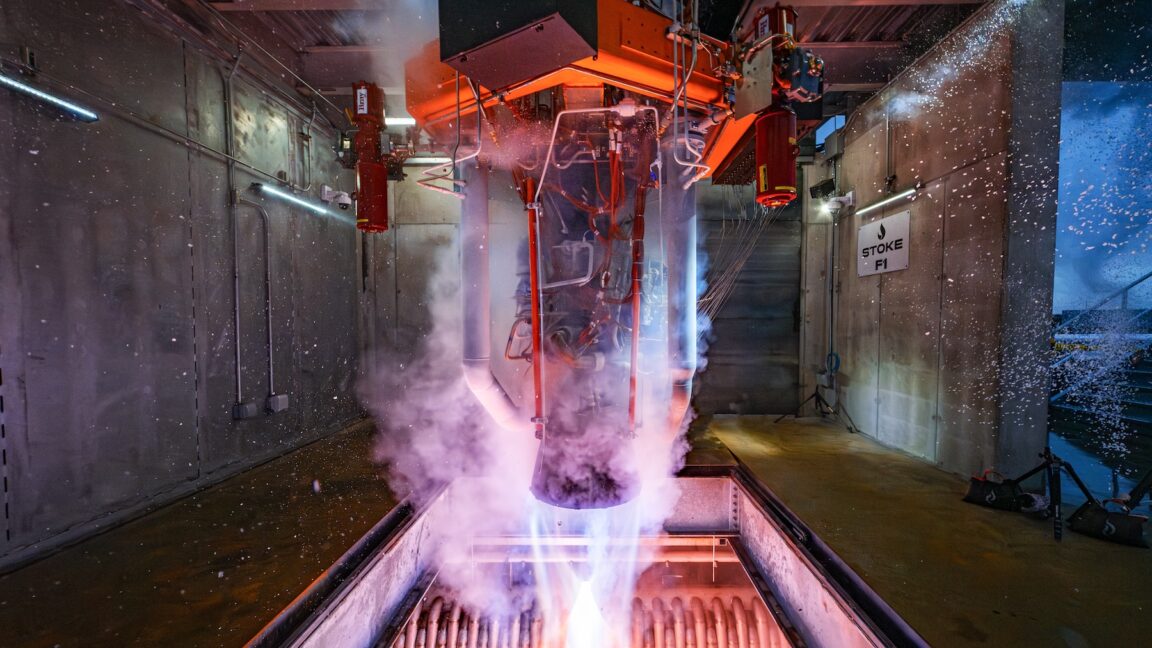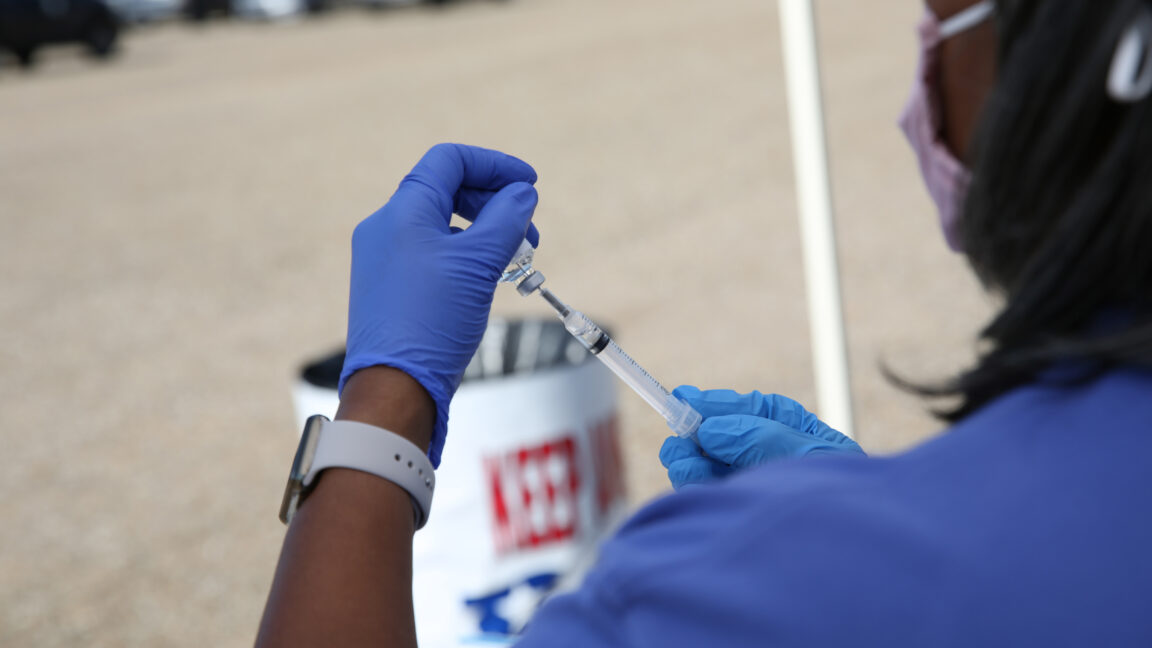Z-Wave Long Range and its mile-long capabilities arrive in force next year

Z-Wave can be a very robust automation network, free from the complications and fragility of Wi-Fi and Bluetooth. Just how robust, you ask? More than a mile long, under the right circumstances, as hardware soon to hit the market promises. All claims of radio distances should be taken with amounts of salt unhealthy for consumption. What can be accomplished across an empty field is not the same as what can be done through buildings, interference, and scatter. But Z-Wave Long Range (or Z-Wave LR), operating "in long range mode at full power," can hit 1.5 miles, according to the Z-Wave Alliance, presuming you've got the right star-shaped hub network. By using a star network topology instead of a more traditional mesh, Z-Wave LR reduces the need for hubs and repeaters, relying instead on a central hub. It can be more reliable for larger commercial spaces, security setups, and bigger homes, and also more power efficient. Devices automatically adjust their signal strength while on Z-Wave networks, extending the battery life of a single coin cell up to 10 years—again, under best-case circumstances. If you're really a glutton for punishment, you can fit up to 4,000 devices on a network running Z-Wave LR, because LR can co-exist on the same network as standard Z-Wave meshes. Some 94 devices have been certified as Z-Wave LR in the U.S. since the 2020 standardization, according to the Z-Wave Alliance. But IoT maker Shelly is making a strong push into long-range Z-Wave in early 2025, with 11 products under the "Shelly Wave" label slated to arrive. Smart plugs and switches, motion detectors, temperature and moisture sensors, door and window open sensors, and lighting controllers will be offered with LR capability, at prices not yet disclosed, according to a press release. Most of Shelly's devices are powered through mains or wired connections, but the sensors can run on batteries. Shelly gear stands out in the automation market, because its lighting and other in-wall controls do not replace your gang boxes and switches, but slot in behind them, allowing for a wider range of controls and styles. Hubs that support Z-Wave Long Range must be based on the Z-Wave 700 or 800 series platform.A prior version of this post failed to note prior Z-Wave Long Range devices available in the U.S. prior to 2024. Ars regrets the error.









